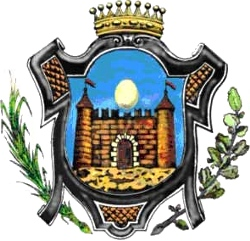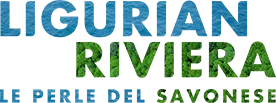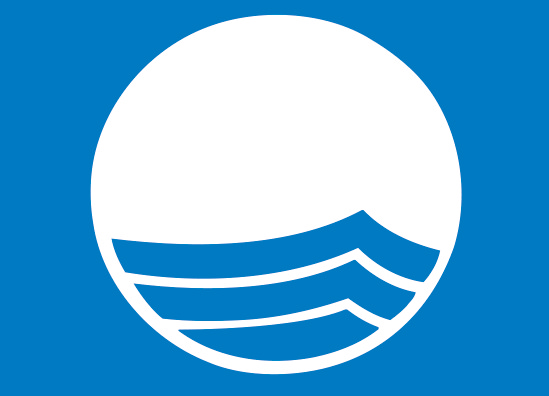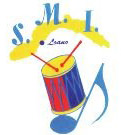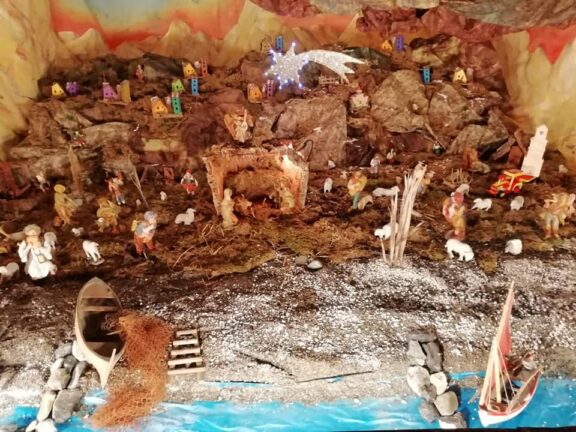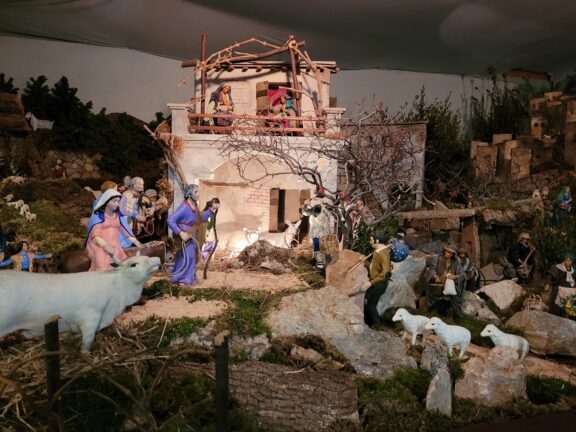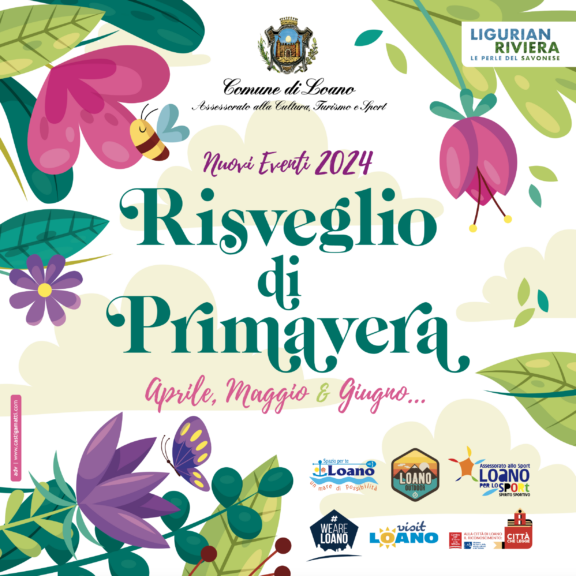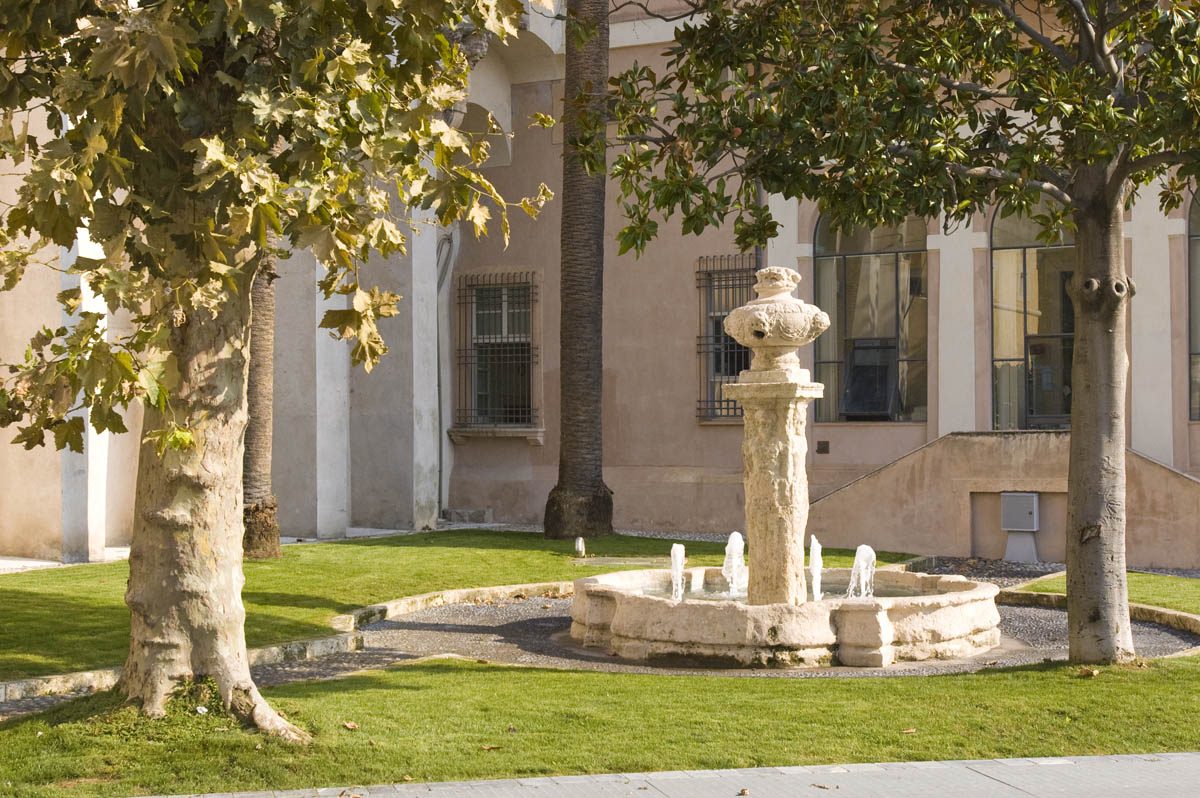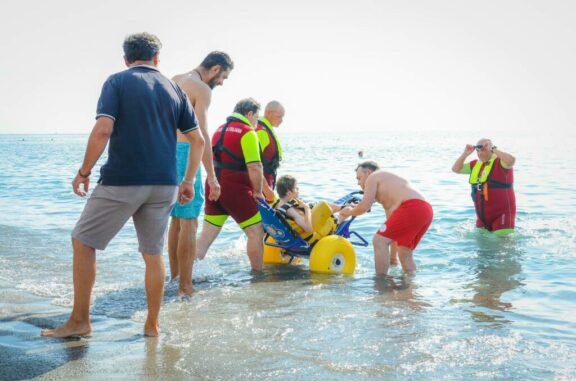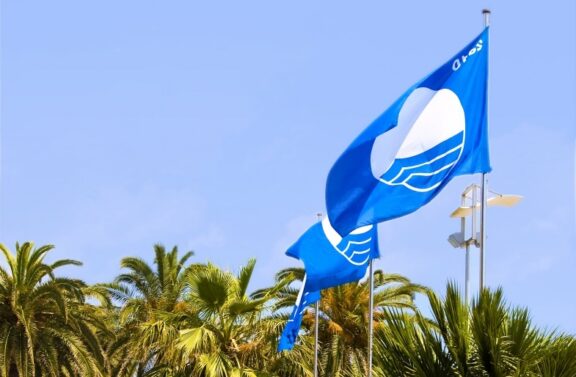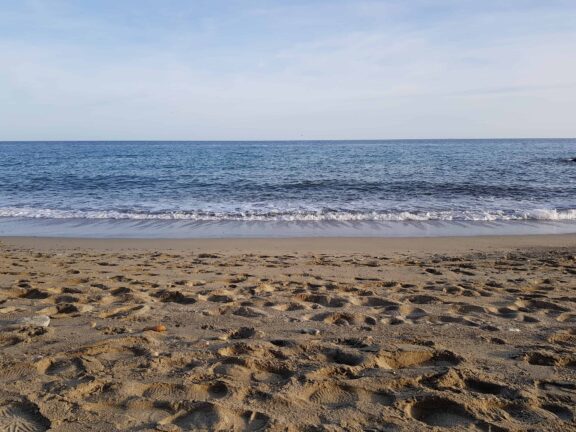Monuments and fountains
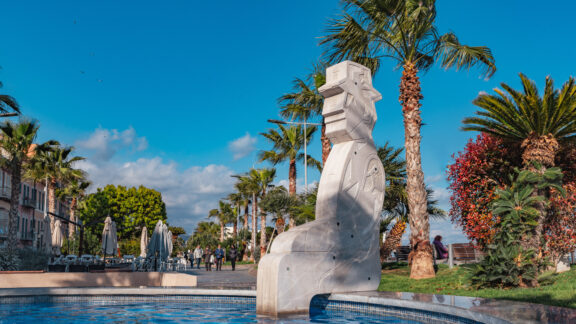
Founded in Roman times, Loano has gone through more than two thousand years of history of our country, growing and transforming with it. The monuments, historic buildings and archaeological treasures it houses are the best witnesses of these transformations. Here are some suggestions on what to see to get to know the city and its history better. The center of Loano is completely flat and every area can be easily reached on foot in a few minutes: one more reason to discover all its beauties. Those who, on the other hand, want to enjoy the historical treasures of Loano comfortably seated can take part in the tours on board the tourist train: For information CLICK HERE
Doria Palace
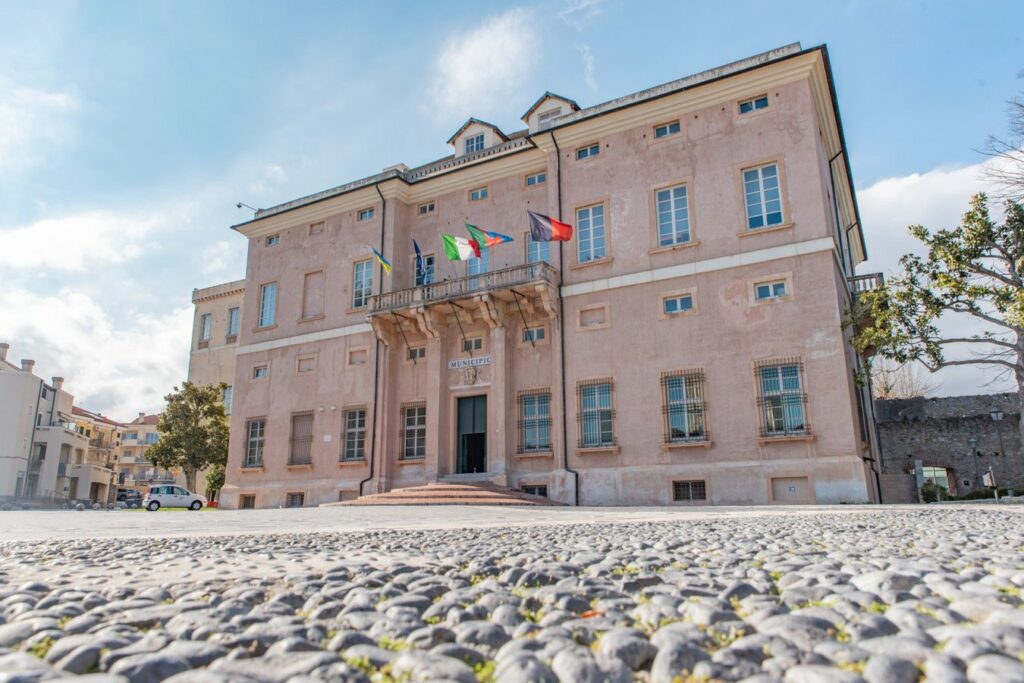
Built in 1578 and once the residence of Giovanni Andrea Doria and his wife Zenobia Del Carretto, ancient lords of Loano, today it is the seat of the town hall. It is attributed to the famous architect Galeazzo Alessi (1500-1572). It is flanked by a tower with a pentagonal base which reproduces the perimeter of the ancient walls. The Palazzo Doria complex is completed by its gardens, now partly used as an open-air theatre, by the historic fountain known as “Fontana Giovanna” and by the loggia which overlooks the walls surrounding the palace and Ponte San Sebastiano, rebuilt in 1691 from an older bridge that connected the walled village to the ancient castle.
The Roman mosaic
It is a floor mosaic dating back to the 2nd century A.D. It is kept in the “Mosaic Hall” of Palazzo Doria and can be visited for free during the opening hours of the municipality. The Hall regularly hosts temporary exhibitions of prestigious authors.
Doria Castle
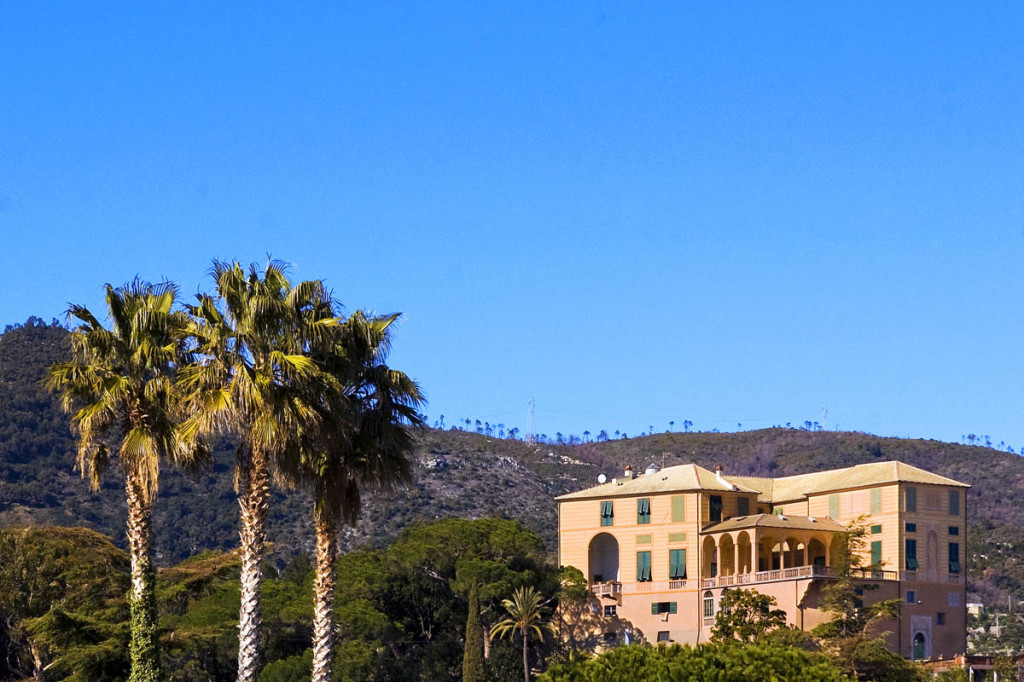
It is the ancient home of the Doria family and dominates the city from the hill behind the town centre. It is privately owned and therefore only the external part is accessible
Borgo Castello
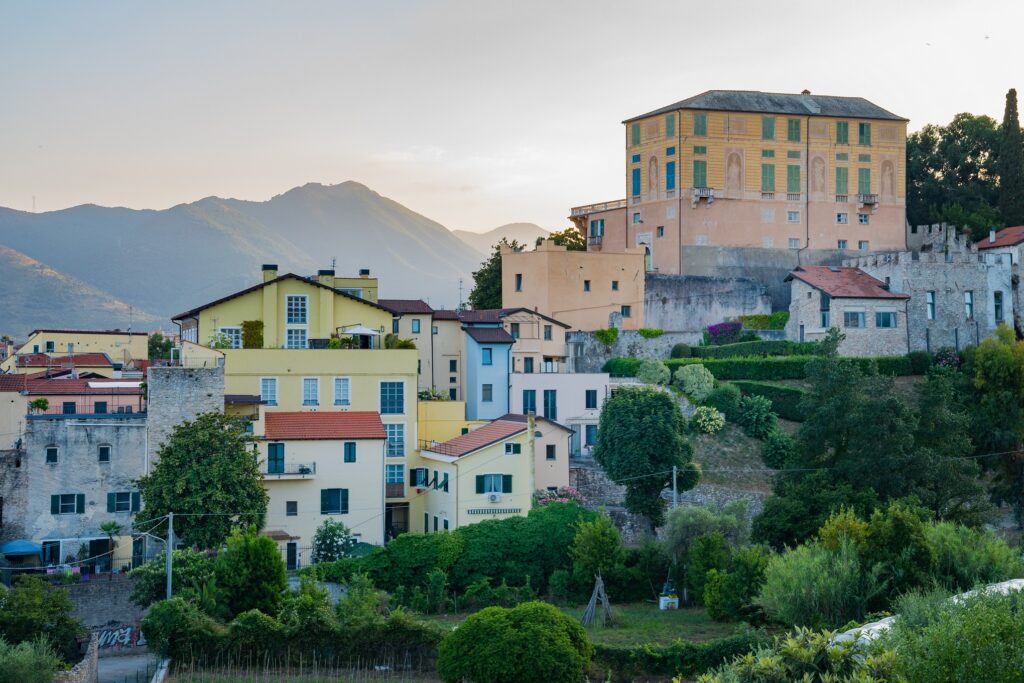
It is located at the foot of the Castle, a real corner of the Middle Ages. It is one of the first urban centers of the city.
Porta Passorino
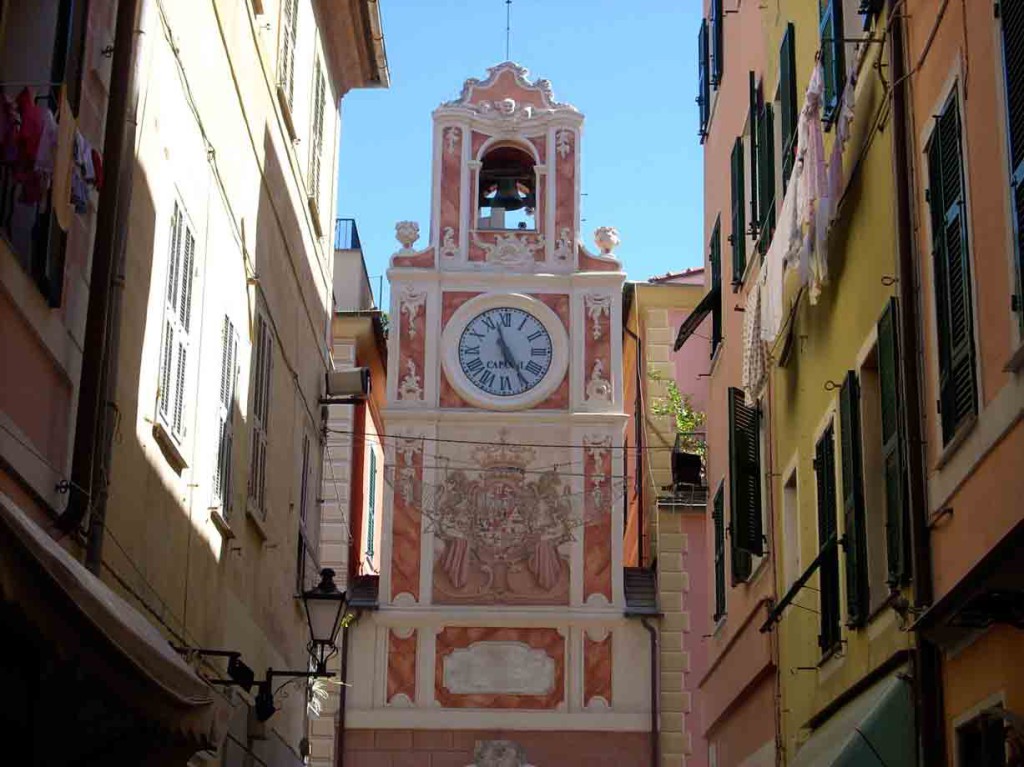
Built at the time of Giovanni Andrea I° Doria, it is one of the four access gates to the so-called “inner village”, that is, the village enclosed by the ancient walls erected by the Doria family in the 14th century. In 1774 a turret decorated with Savoy coats of arms and a clock was built above it and for this reason it is now called the “Clock Gate”. From it a covered loggia, still visible, led to the southern bastion, demolished in 1883 to make the road wider.
Church of San Giovanni Battista
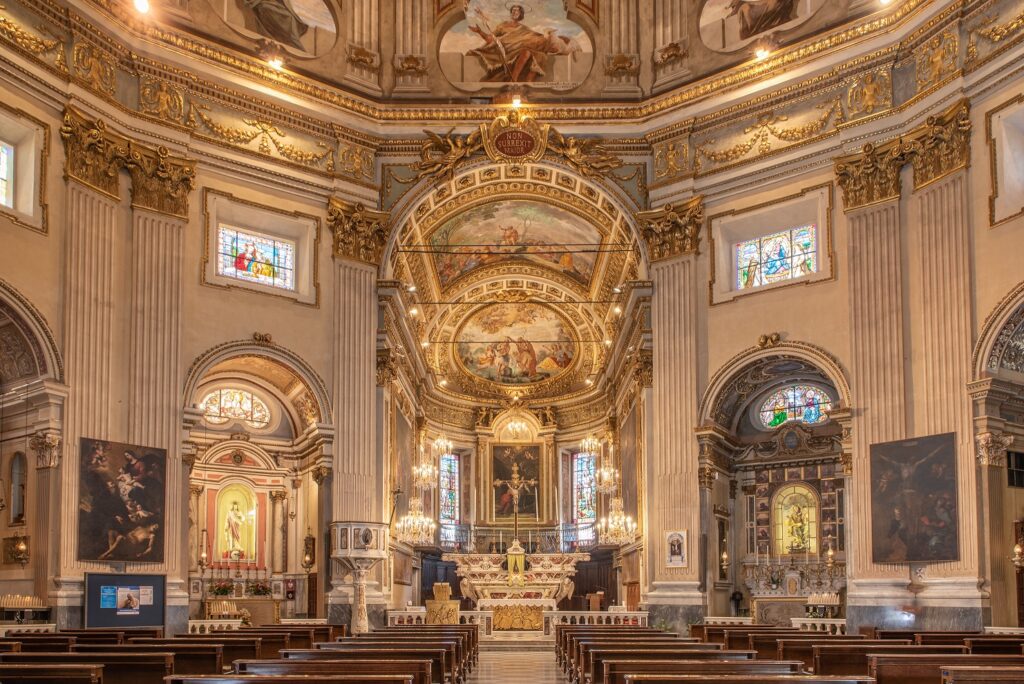
Built between 1633 and 1638 and consecrated in 1662, it has a decagonal shape and occupies an area of 480 meters with a diameter of 75 metres. It is surmounted by a 50 meter segmented dome: previously it had a cusp-shaped slate roof, which collapsed during the earthquake of 1887. The church has a solemn and majestic interior and preserves valuable baroque paintings. On the central portal, in a large stucco bas-relief, the “Presentation at the Temple” is depicted and, in niches on the minor entrances, there are the statues of Saints Peter and Paul.
Convent of Mount Carmel
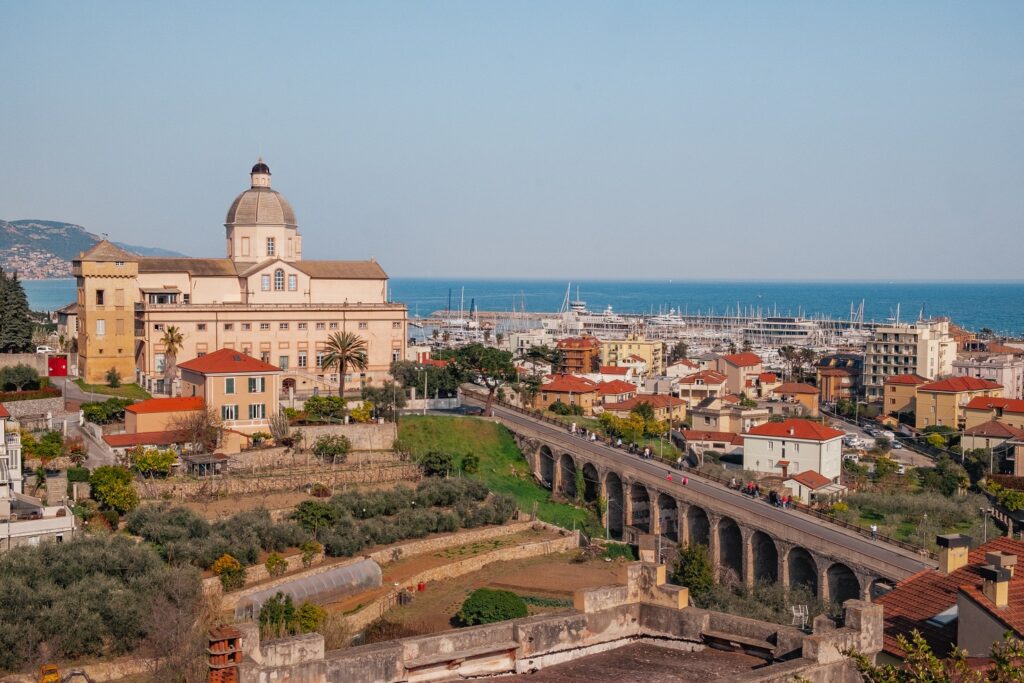
It represents one of the most interesting works of late Ligurian mannerism. Imposing complex, which required many preparatory works, including the construction of a viaduct, similar to a monumental bridge, which goes up from Borgo Castello to the square, and a cobbled ramp that goes up from the opposite side. The whole complex, consisting of the church crowned by the high dome adjacent to the west-facing palace, or “Casotto” as it was then called, the isolated tower at the northern end and the convent around the large beautiful cloister, was begun in the 1500 and finished around 1610.
Turchini Oratory
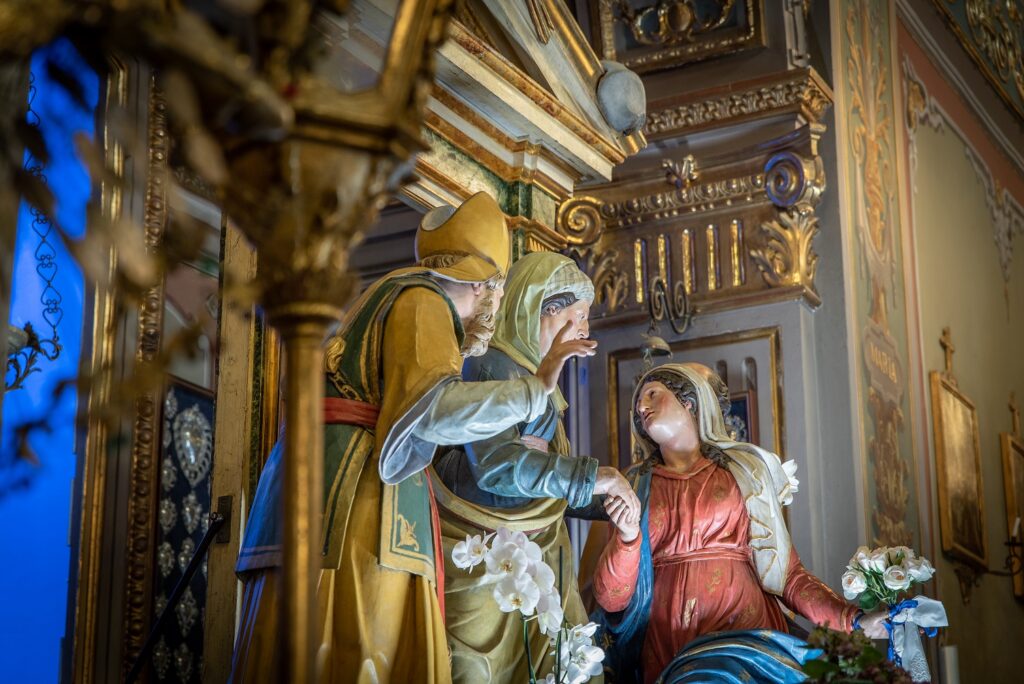
The small church belongs to the Confraternity of Our Lady of the Rosary, founded in 1661. In Baroque style, rich in gilding with paintings and an anchor on the main altar. In a niche on the altar there is the majestic statue of the Visitation and the grandiose wooden crucifixes that every year the Confraternity of the Turquoise Hoods, during the celebration of 2 July, called “Festival of the Sea”, carry in procession for the bowing ceremony at the sea.
Oratory of the White Disciplinants
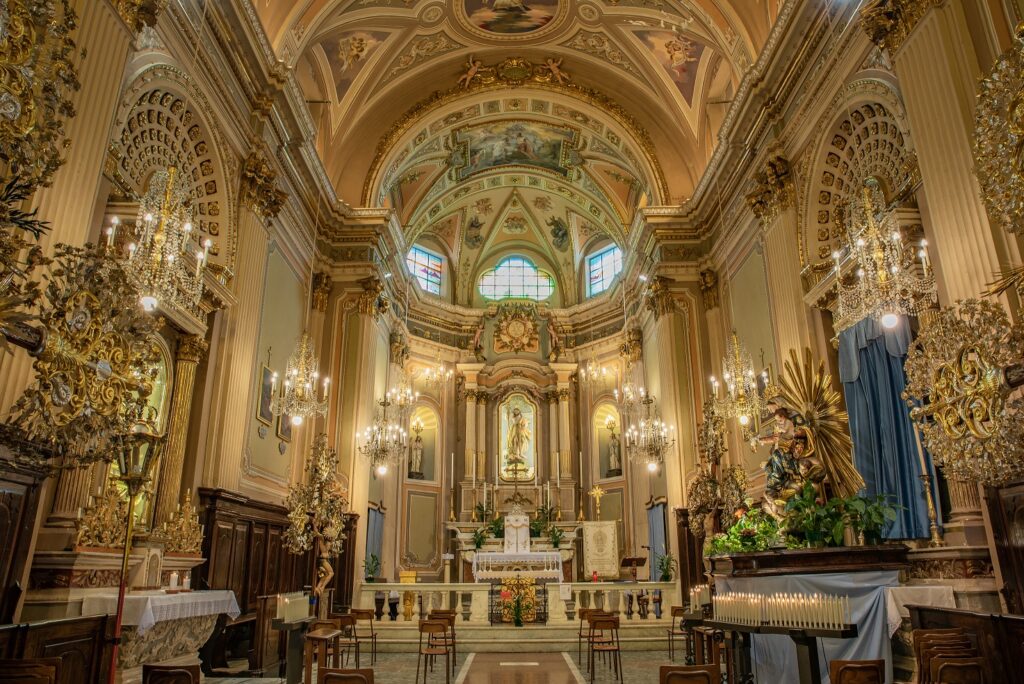
It belongs to the Confraternity of San Giovanni Battista and dates back to the early Middle Ages. It preserves grandiose crucifixes, torches and sticks used in traditional processions in the name of Mary and the Madonna delle Grazie.
Church of Santa Maria della Misericordia
Also called the church of Sant’Agostino, it was founded in 1582 by the will of Zenobia Del Carretto and officiated by the Augustinian fathers; it was rebuilt between 1588 and 1598 larger with an adjoining cloister.
Church of Our Lady of Loreto
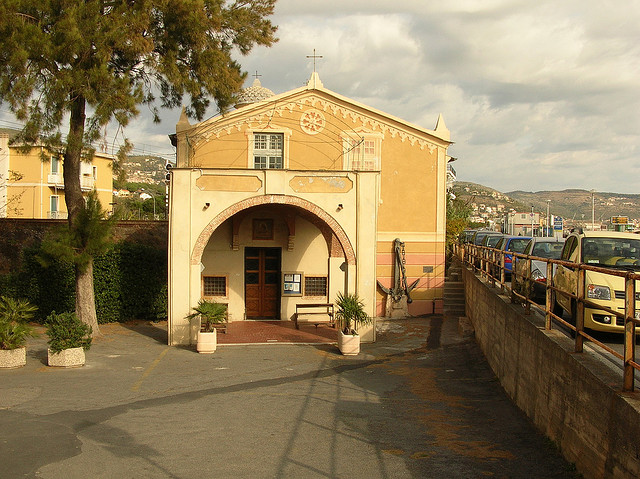
It is known by the Loanesi as “Madonnetta” and traditionally linked to seafarers. It is located near the Marina di Loano. In the elegant interior you can admire some suggestive votive offerings (including models of a brigantine and a barque ship). The “Madonnetta” has always been very dear to the hearts of the people of Loano who, over the centuries, have had protection from the Virgin from epidemics, calamities and famines, obtaining answers to their prayers in many situations. The little Loreto church was also appreciated by one of the legends of Italian cycling: Gino Bartali. The champion frequented the city both as a runner (here he carried out training sessions in preparation for the competions) and as a coach and every time he was in Loano he did not forget to visit the “Madonnetta”.
The suggestive artistic fountains of Loano
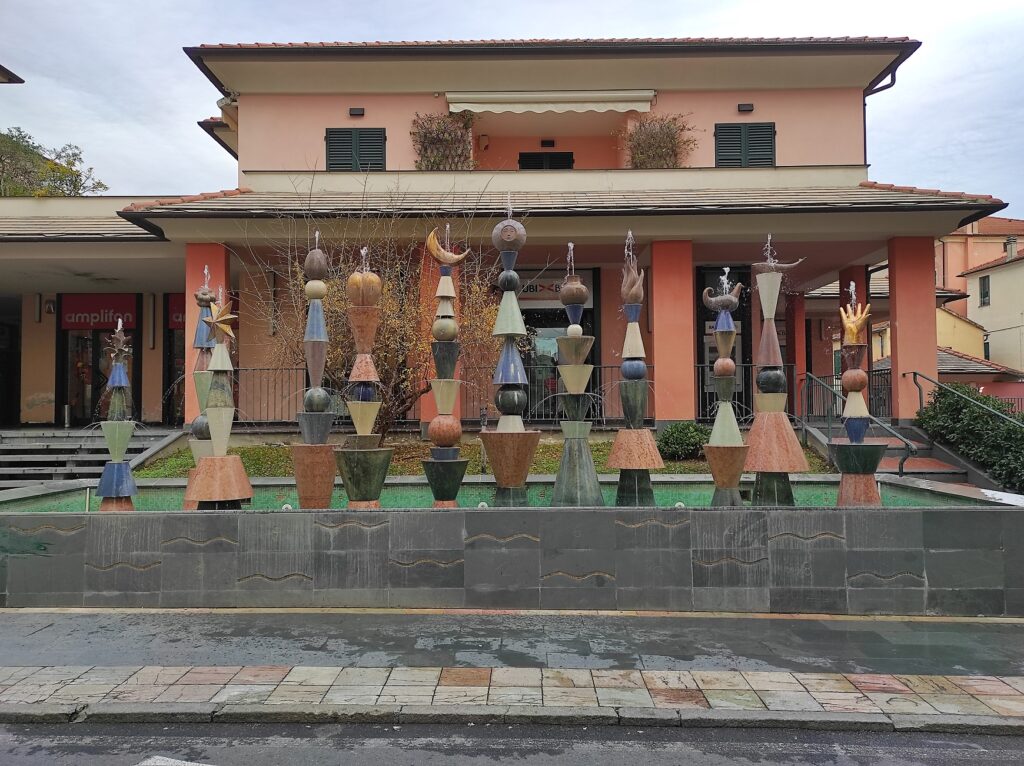
The suggestive artistic fountains of Loano can also be appreciated on a walking route called “Tour of the fountains”, starting from the splendid sixteenth-century Fontana Giovanna, which is located in the gardens adjacent to Palazzo Doria.
In the first decade of the 2000s the city was enriched by other artistic fountains. Today these true works of art, sculptures that combine the manual ability of their authors with the beauty of water , constitute a kind of an open-air art gallery.
At the eastern entrance of Loano there is the “Vibrazioni Ritmiche Loanesi” fountain by Fulvio Filidei, while continuing along the seafront that runs alongside the new tourist port we encounter the imposing “Neptune” fountain by Bruno Chersicla. In the central part of the seafront there are three other splendid fountains: Walter Valentini talks to us about celestial harmony with “The measurements, the sky”, Ugo Nespolo proposes his usual playful themes with “On top of the world”, while another imposing work by Bruno Chersicla, “Conversation at the source”, closes the central pedestrian path of the splendid seaside promenade. Next to this last fountain there is the curious statue of a “Book Collecting Cat” which acts as a book exchange point (book crossing) and thus contributes to the “circulation of culture”: the book left in the Book Collecting Cat, instead of being a waste, can be taken by someone who will read it. The open-air gallery at the edges of the historic walls on the west side is completed by “The Fountain of the Hours” by Sandro Lorenzini which regulates its jets depending on the time of day.






